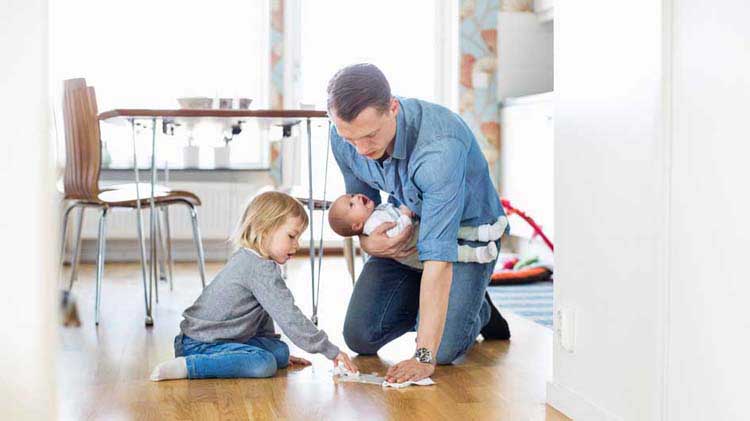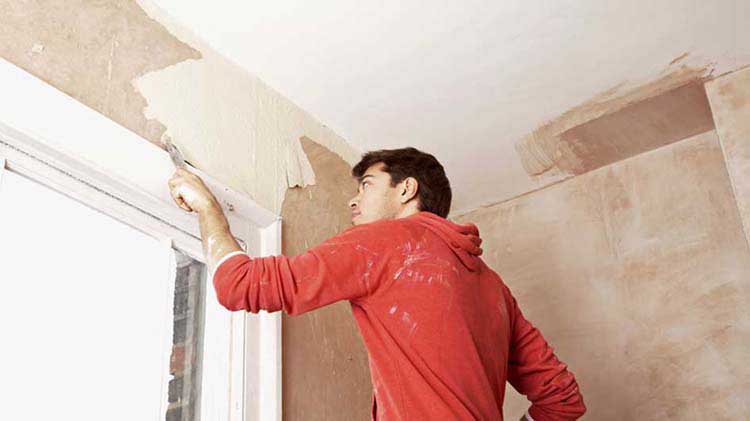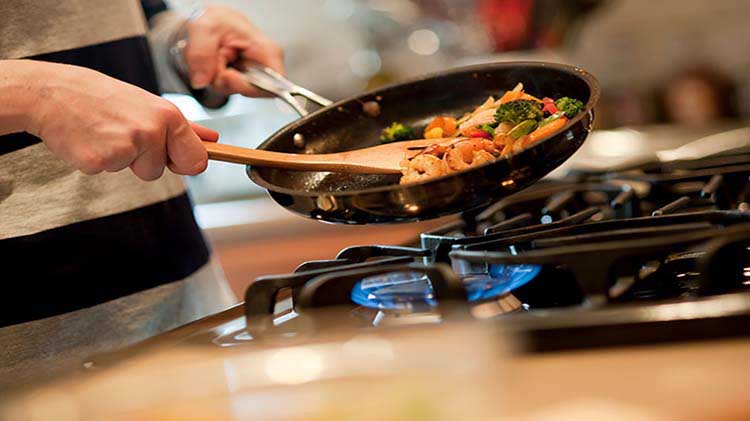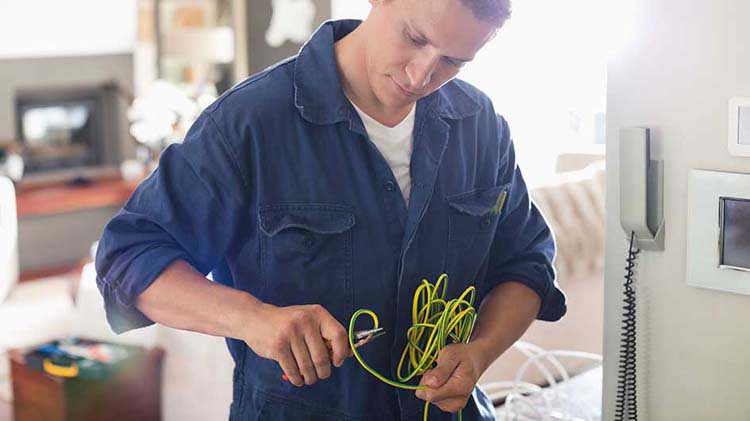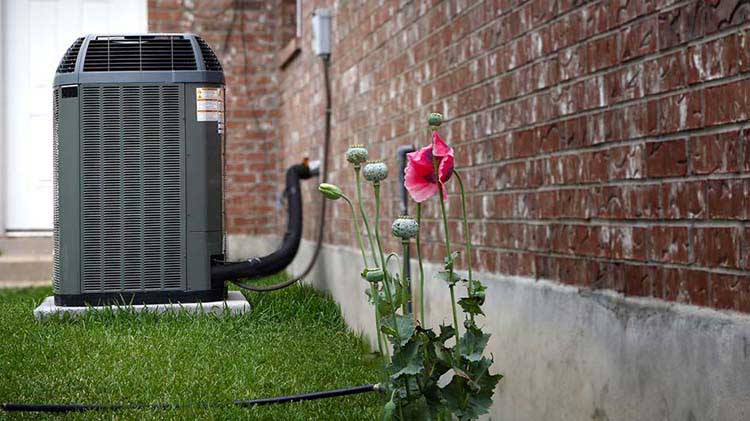Home safety checklist
We've provided some home safety measures to help prevent accidents at home.
It's the place you go to relax and retreat: your home. But a surprising number of accidents that require medical attention occur to people when they are at home. Here are some tips to help prevent common household injuries.
Home safety tips for seniors
According to the National Council on Aging, one in four adults over the age of 65 falls every year. Here are some actions you can take to help seniors be safer at home:
- Install sturdy handrails in seniors' bathrooms.
- Keep stairs and the floors in high traffic areas clear.
- Adequately light your home, and rely on nightlights or flashlights if you get up after hours.
- Consider using rugs with a non-skid backing.
- Wipe up spills immediately.
- Clear walkways, stairs and sidewalks after a snowstorm, and treat them with a deicer product or a natural alternative such as sand or sawdust to limit ice buildup.
Home safety tips for kids
It is important to teach kids about how to be safe at home, at school, on the playground and when traveling. Here are some tips that may help you in keeping kids safe:
- Use baby gates to keep toddlers in safer areas.
- Medicine and chemicals such as bleach and cleaning products should be kept out of reach and in their original containers.
- Install safety latches and locks on cabinets and drawers.
- Secure bookcases and televisions that could fall over.
- Consider adding a protective surface under swings and children's play areas.
- Cushion sharp table edges at least until your baby is standing and walking steadily.
Common household injuries and ways to avoid them
Bumps and bruises
A box tumbles down from a closet shelf and bumps you on the head, or you slip in the bathroom and slam a wrist against the tile. Injuries that occur when something strikes you — or when you strike something hard — are common accidents that could send you to the ER. Some tips to help prevent bumps and bruises are:
- Reduce the number of items on upper levels of cabinets, closets and bookshelves, and keep them organized.
- Check that ladders are securely positioned before climbing on them; climb only to the top recommended step on the ladder.
- Close cabinet doors and drawers immediately after use.
Overexertion
Moving heavy furniture can cause back strain. Shoveling snow too long might bring on a shoulder injury — or even a heart attack. Listen to your body when it's telling you to take a break. Some tips to help your family avoid overexertion are:
- Get the help you need; don't attempt to do strenuous jobs by yourself.
- When lifting, keep your knees bent and lift from your legs, not your back.
- Take frequent breaks and assess how you're feeling.
- Avoid twisting your torso when reaching for something.
- Use ergonomically designed tools to lessen the chance of injury.
- Remember to stretch before if you decide to take on a vigorous activity.
Ways to avoid cuts and puncture wounds at home
Whether you miss the mark while slicing a bagel or get a puncture wound by stepping on something sharp, cutting and piercing injuries also commonly occur at home. Here are some things to keep in mind:
- Keep knives sharp: You use more pressure when cutting with a dull blade, which can lead to slips.
- Clean up workspaces before you leave the project area — especially those where nails, tacks and metal shards may have fallen.
- Reduce distractions and pay attention when using sharp instruments.
- Wear shoes outside.
- Wear gloves when working with tools.
- Keep your tetanus vaccination current.
Create and keep a well-stocked first-aid kit for your home using these tips from the American Red Cross. And check out these other home safety items & audits to perform!
